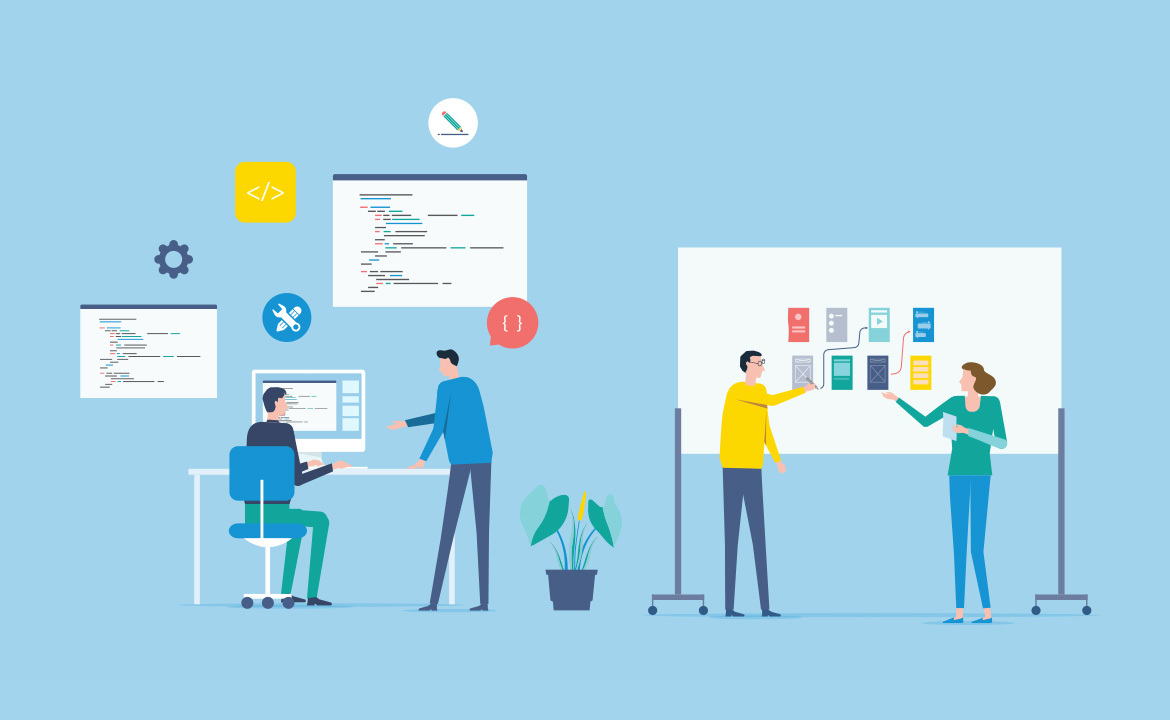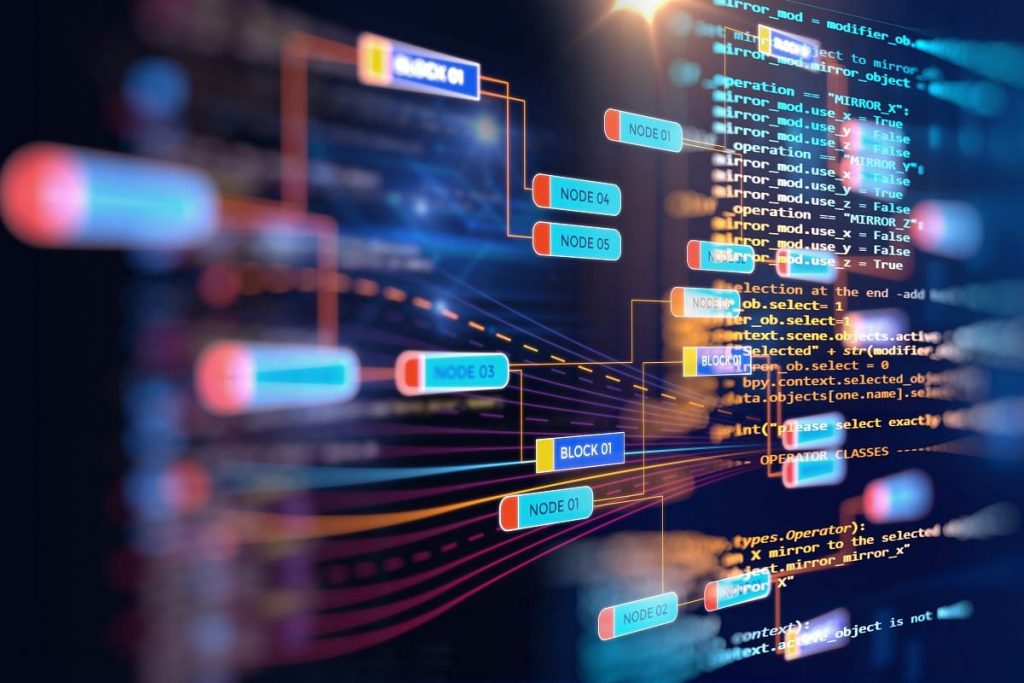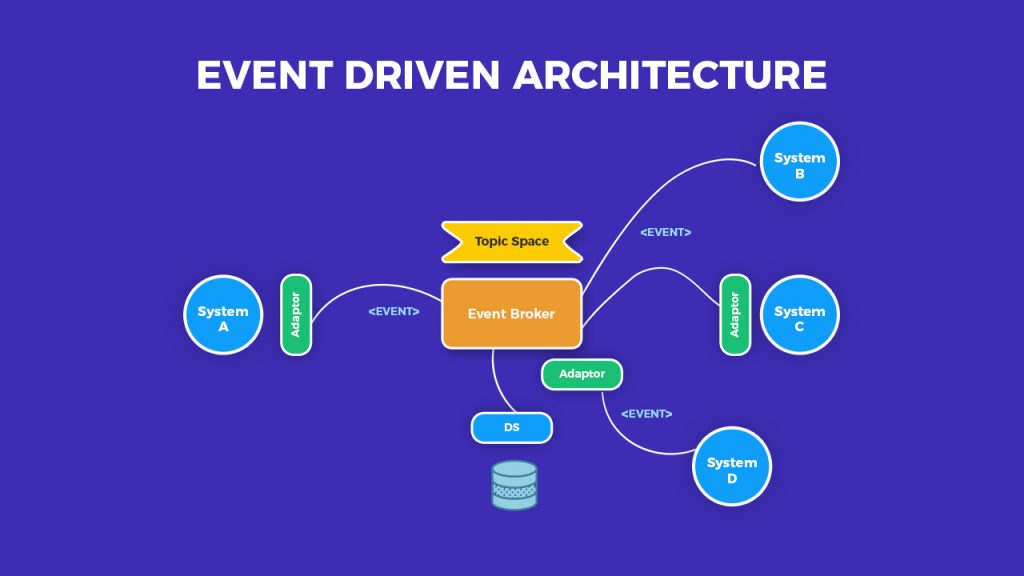
Programmers know and understand that there are many different ways to set up a digital platform. Your event stream is one of the most important pieces of your business. You want software that can handle your needs and projects while responding to customers in real-time. This is where event-driven architecture can make a real difference for your business.Event-driven architecture allows for customization in new ways. You can get as technical and specific as you want with your stream processing and by defining events.
A simple example is running an e-commerce store. You need event-driven tasks for when a customer places an order, puts something into their cart, requests a password change, and more. By creating custom event responses, you’re making everyone’s experience better
Think about your daily life. When something happens, you automatically respond. You don’t sit there and wait to collect more data; instead, you’re going to act on impulse. If someone asks you a question, you’ll respond. It should be the same way with your business operations. When your event store is utilized or business transactions take place, a stream of events should already be triggered. This function makes it easy and automatic to handle your business needs, whether you’re a retail store, digital marketplace, or another business.
If you’re looking for a better choice for your business transactions, event-driven architecture may be the answer for you. Here are a few things to consider as you switch over to this form of processing.
Table of Contents
1. Know what you’re changing from.

img source: sougolink-beef.net
Whenever you transition to a new way of doing things, it helps to understand the old way more fully. In this case, you’re switching from traditional request/response architecture to event-driven services. The old model was inefficient because it needed to wait and gather all the information necessary before it could act. This made for long transactions and could lead to problems with data consistency. These drawbacks are important to recognize, so you can improve on them when you use event-driven architecture. Transitioning from a more hands-on program to an automatic one can cause you to try to micromanage a bit. As you consider this change, start to figure out how you can choreograph events rather than orchestrate them. Instead of implementing strict formulas for data management, you need to establish a system and let it operate on its own. By taking a step back, you’re allowing the program to have better agility and simplify different methods. This will also help you with scalability and eventually taking on more work
2. Understand how event-driven architecture can work for you.

img souorce: softobiz.com
So, what exactly is event-driven architecture? This specific software design pattern allows your database to recognize certain events and react to them in real-time. An event-driven database operates on its own with a natural flow to each database transaction and new event. This allows for many different events and projects to occur at the same time. Click here to know more. A series of events will no longer interrupt the workflow, so you can operate fully without having to worry about data consistency or other inserts. Think about your daily life.
When something happens, you automatically respond. You don’t sit there and wait to collect more data; instead, you’re going to act on impulse. If someone asks you a question, you’ll respond. It should be the same way with your business operations. When your event store is utilized or business transactions take place, a stream of events should already be triggered. This function makes it easy and automatic to handle your business needs, whether you’re a retail store, digital marketplace, or another business.
If you’re looking for a better choice for your business transactions, event-driven architecture may be the answer for you. Here are a few things to consider as you switch over to this form of processing. It’s important to consider how this can help your company manage more information and datasets at the same time with the help of this automation.
3. Stop orchestrating, and start choreographing.

img source: teckes.com
Transitioning from a more hands-on program to an automatic one can cause you to try to micromanage a bit. As you consider this change, start to figure out how you can choreograph events rather than orchestrate them. Instead of implementing strict formulas for data management, you need to establish a system and let it operate on its own. By taking a step back, you’re allowing the program to have better agility and simplify different methods. This will also help you with scalability and eventually taking on more work.
4. Customize the events and responses for your business.

img source: pandasecurity.com
Event-driven architecture allows for customization in new ways. You can get as technical and specific as you want with your stream processing and by defining events. A simple example is running an e-commerce store. You need event-driven tasks for when a customer places an order, puts something into their cart, requests a password change, and more. By creating custom event responses, you’re making everyone’s experience better.
5. Let machine learning take over and improve consistency.

img source: securityroundtable.org
As your event-based architecture becomes more relevant, you’ll be utilizing machine learning and AI technology. Let the software automatically improve on itself and learn and grow. This will help you improve consistency with your functions and responses. Eventually, your system will operate on its own the exact same way every time.
Programmers know and understand that there are many different ways to set up a digital platform. Your event stream is one of the most important pieces of your business. You want software that can handle your needs and projects while responding to customers in real-time. This is where event-driven architecture can make a real difference for your business.Event-driven architecture allows for customization in new ways. You can get as technical and specific as you want with your stream processing and by defining events. A simple example is running an e-commerce store. You need event-driven tasks for when a customer places an order, puts something into their cart, requests a password change, and more. By creating custom event responses, you’re making everyone’s experience better







